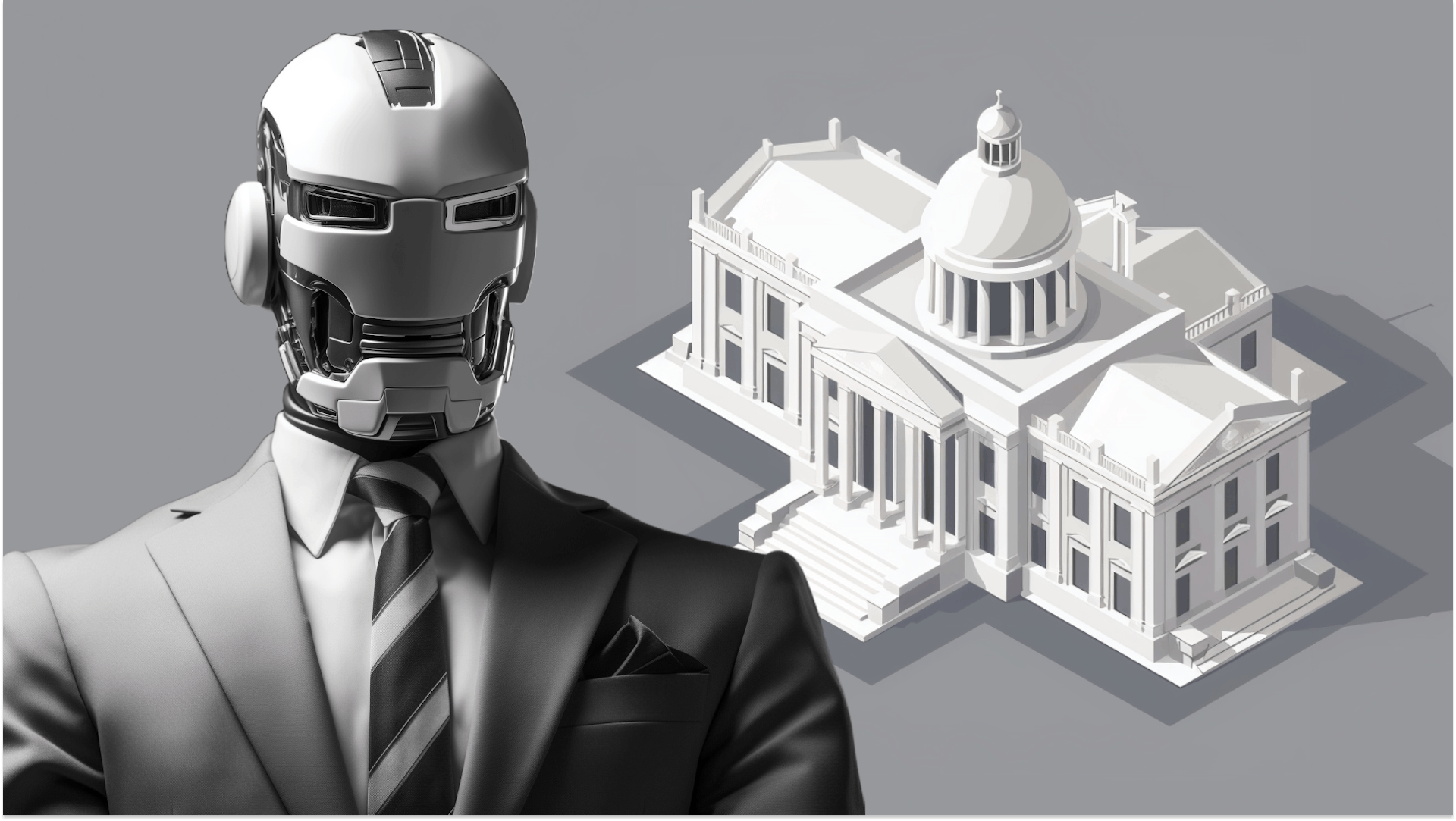In a recent report by the White House, an estimated 10% of the U.S. workforce finds itself at the crossroads of AI and job displacement. The rise of artificial intelligence (AI) into various sectors poses questions about the future of work, income inequality, and the socio-economic fabric of the nation in the United States and beyond.
Unveiling the AI Exposure
The Biden administration's annual Economic Report of the President, prepared by the Council of Economic Advisers, dedicates a chapter to dissecting AI's economic impact, particularly on the labor force. This analysis reveals that 20% of American workers operate in environments with a significant level of AI exposure. However, it's the subset—10% of the workforce—facing not just high AI exposure but also lower performance requirements in their roles, who are most susceptible to the upheavals of automation.
A Skill-Biased Technological Shift
The report highlights a critical aspect of AI as a skill-biased technology that could inadvertently widen the chasm of income inequality. High-earning occupations that require higher levels of education seem to benefit from AI, increasing demand for such workers. Additionally, AI's potential to substitute employment in lower-wage jobs raises the specter of exacerbated income disparities.
Despite these findings, the report urges a cautious interpretation, emphasizing the dynamic interplay of supply and demand in shaping employment and wage patterns. Nonetheless, the threat of increased inequality looms large, necessitating a nuanced policy response to mitigate the adverse effects of AI adoption.
The Demographic Dimensions of AI Disruption
The demographic analysis within the report sheds light on the varied impact of AI across different segments of the workforce. Notably, high school graduates without four-year degrees are highly exposed to AI and are in roles with lower performance requirements, placing them at a heightened risk of displacement. In contrast, college graduates, despite similar levels of AI exposure, face less risk due to the higher performance requirements of their roles.
The gender analysis reveals slight differences, with 19% of men and 20% of women highly exposed to AI. However, a larger percentage of women (12%) are in roles with lower performance requirements compared to men (9%), hinting at a gendered dimension to the AI impact.
Redefining Jobs, Not Replacing Them
The White House report offers a silver lining, suggesting that AI's role in the workforce is not necessarily one of displacement but of transformation. It posits that most jobs are a collection of tasks, only some of which can be automated. AI could allow workers to pivot to other aspects of their roles, thereby changing the nature of jobs rather than eliminating them outright.
Illustrative examples include the potential automation of school buses, where AI could handle driving, but adults would still be needed for supervision. Similarly, despite advancements in autopilot technology, commercial aircraft still require pilots for numerous critical tasks.
As AI continues to integrate into the workplace, its impact on the workforce is undeniable. However, this technological tide also brings the opportunity for adaptation and innovation in job roles. The challenge lies in ensuring that the transition benefits the broader spectrum of society, mitigating inequalities and fostering an inclusive economic growth driven by AI.

